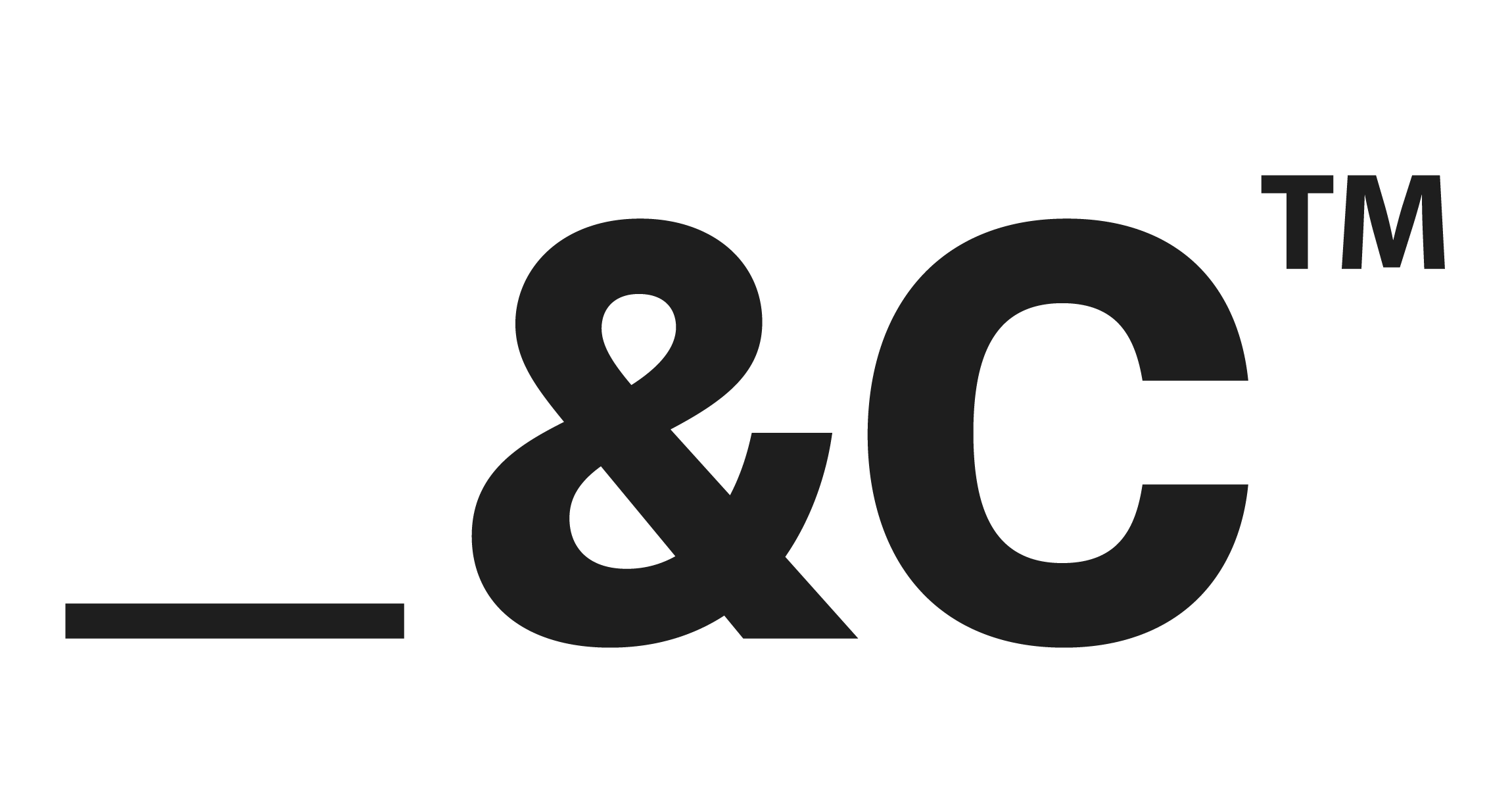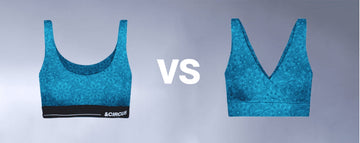Quick Listen:
In an era where personal choices reflect broader values, the fabric hugging your skin speaks volumes about priorities like health, comfort, and the planet. Synthetic blends have long ruled the lingerie world with their resilient stretch and budget-friendly appeal, but organic cotton is mounting a formidable challenge. Cultivated without harsh chemicals, this natural fiber is surging in popularity among consumers who crave breathability and eco-responsibility in their most intimate garments. Far from a fleeting fad, this rivalry highlights a deeper industry transformation, balancing innovation with ethical demands.
Uncomfortable underwear shouldn't steal your confidence. At Andcircus, we craft ultra-soft, sustainable Lenzing Modal Micro® innerwear for every body, XS to 5XL. From briefs to bras, our custom packs fit you perfectly. Shop risk-free with our 100% satisfaction guarantee and embrace comfort that includes everyone. #LoveEveryBody. Shop Now!
Organic Cotton Challenges Synthetic Blends for Market Share in Innerwear and Lingerie
The battle for dominance in the lingerie and innerwear sector is intensifying, with organic cotton emerging as a strong contender against entrenched synthetic blends. Defined as cotton cultivated from non-genetically modified plants without synthetic fertilizers or pesticides, organic cotton promotes biodiversity and biological cycles, adhering to strict standards like the USDA's National Organic Program in the United States. Its production process relies on approved natural alternatives such as pyrethrins and insecticidal soaps, requiring a multi-year transition for fields shifting from conventional methods to ensure no residual chemicals remain.
This shift is driven by compelling benefits: reduced environmental impact compared to conventional cotton, which consumes a disproportionate share of global pesticides. Studies in Egypt show that integrated organic approaches can slash synthetic pesticide use by 90% while boosting yields by 30%. However, challenges persist, including lower yields per hectare and potentially higher water usage for equivalent fiber output, alongside the toxicity risks of some organic pesticides. Despite these hurdles, the market is expanding robustly. The global organic cotton market is experiencing accelerated momentum, with demand rising well beyond earlier forecasts. Growing consumer awareness of sustainability, ethical sourcing, and environmentally friendly textiles is fueling adoption across fashion, home goods, and personal care products. Brands are increasingly integrating organic cotton into their collections to meet shifting preferences, while regulatory support and certifications add further credibility. This evolving landscape underscores how sustainability is reshaping both mainstream and premium segments of the cotton industry..
Segmented by type, the market includes long-staple, short-staple, middle-staple, and extra-long-staple cotton, with quality variants like Supima/Pima and Giza. Applications span apparel crucial for lingerie home textiles, medical supplies, and personal care. Regionally, Asia-Pacific stands at the forefront, supported by strong production bases such as India and China that anchor the supply chain for organic cotton. North America is also emerging as a key growth hub, with rising consumer awareness and preference for sustainable choices driving adoption across apparel and lifestyle segments. Both regions highlight how production capacity and conscious consumption together are shaping the future of the organic cotton industry.
In the lingerie context, cotton holds a commanding position. The global lingerie market is projected at USD 48.59 billion in 2025, expanding to USD 87.35 billion by 2032 at an 8.67% CAGR, with cotton capturing about 37% of the fabric share due to its breathability and skin-friendly properties. Intimate lingerie sees cotton leading at 34.6%, ahead of satin at 21.3%. Synthetic blends, like polyester and nylon, offer elasticity and moisture-wicking but face scrutiny for environmental tolls.
A Tale of Two Fibers
Imagine a premium lingerie line debuting an organic cotton collection not merely for its plush feel but as a declaration of sustainability. Such initiatives target eco-aware demographics, particularly millennials and Gen Z, who view purchases as endorsements of planetary health. Market analyses project the organic cotton sector reaching USD 4,869.73 million by 2029, with a 6.8% CAGR from 2022, propelled by apparel and medical demands. Yet synthetics persist, with hybrids combining cotton's comfort with synthetic durability providing versatile options for active lifestyles.
E-commerce platforms reflect this dynamic: organic cotton items attract sustainability-focused clicks, while synthetics dominate budget segments. In underwear fabrics, natural fibers like cotton hold 38% market share, but performance synthetics are surging thanks to innovations in moisture management. The women's underwear market alone is set to hit USD 38,252.69 million in 2025, growing at 5.1% CAGR. For brands like dCircus, integrating transparent sourcing with fabric innovation opens doors to niche markets, transforming undergarments into narratives of ethical elegance.
Delving deeper, the intimate apparel sector has witnessed a 30% uptick in sustainable fabrics, with organic cotton at the forefront. This aligns with broader trends where 62% of luxury lingerie consumers prefer eco-friendly materials. Synthetic blends, while affordable and functional, are losing ground as preferences shift toward breathable, durable alternatives like bamboo and hemp alongside organic cotton.
The Challenges of Going Green
Organic cotton's ascent faces significant obstacles. Production remains a sliver less than 1% of global cotton output down from peaks in 2009-2010, exacerbated by the 2011 drought that deterred farmers. Supply chains are strained, with high costs and scalability issues hindering widespread adoption. Experts like La Rhea Pepper of Textile Exchange stress that brands must lead by valuing sustainable practices over mere pricing to transform the market.
Consumer barriers compound this: in price-sensitive regions, organic cotton's premium tag deters buyers, keeping synthetics favored for their longevity and low cost. Greenwashing erodes confidence, as unsubstantiated claims proliferate without certifications like GOTS or OEKO-TEX. Volatile raw material prices add instability, making organic cotton's promising trajectory anything but guaranteed. In lingerie, where synthetics hold 45.61% of the material market as of 2024, the transition demands concerted effort.
Moreover, global fiber production hit 113 million tonnes in 2021, projected to 149 million by 2030, straining resources and climate goals. Preferred cotton's share dipped to 24% in 2021, underscoring the need for accelerated shifts.
Opportunities in the Balance
Amid challenges lie ripe opportunities. Lingerie brands can captivate eco-conscious buyers by emphasizing transparency, with certifications serving as trust anchors. Hybrid fabrics fusing organic cotton's softness with synthetic resilience promise comfort without compromise, ideal for modern demands. Investing in R&D here could yield competitive advantages, as mass production efficiencies from synthetics extend to hybrids, broadening appeal.
Storytelling around supply chains fosters loyalty: detailing cotton origins and processing builds authenticity. Recent advancements, like blockchain for traceability and DNA markers, enhance verification, as seen in partnerships like H&M's take-back programs and Adidas's sustainable cotton pledges. For dCircus peers, this positions fabric as a differentiator, resonating with skeptics through ethical alignment. The sustainable underwear market thrives on organic cotton and bamboo, with fair labor emphasis driving growth.
Legislation, such as EU Green Deal recycling mandates, could propel progress, alongside public funding for innovations. In 2025, updates like OEKO-TEX's stricter protocols and Organic Cotton Accelerator's farmer support signal momentum.
A Memorable The Future of Fabric
The lingerie industry teeters on a pivotal edge, where threads weave tales of progress or stagnation. Organic cotton's promise of sustainability and comfort is etching a niche in a synthetic-dominated realm, with forecasts like a near-doubling by 2033 signaling steady advance. Yet synthetics endure in cost-driven arenas. Brands must pursue equilibrium hybrid R&D, robust certifications, consumer education on health and environmental perks.
As Textile Exchange cautions, without ramping preferred fibers, climate targets slip away amid unchecked growth. For innovators like dCircus, this juncture is golden: lingerie design's intricate blend of style, comfort, and ethics turns fabric selection into a profound statement, shaping personal identities and a sustainable tomorrow.
Frequently Asked Questions
What are the main advantages of organic cotton over synthetic blends in lingerie and underwear?
Organic cotton offers superior breathability, skin-friendly properties, and reduced environmental impact compared to synthetic blends. It's cultivated without harsh chemicals, synthetic fertilizers, or pesticides, making it ideal for intimate garments. Studies show that organic cotton production can reduce synthetic pesticide use by up to 90%, while providing the natural comfort and moisture-wicking properties that consumers increasingly demand in their most personal clothing choices.
How fast is the organic cotton market growing, and what's driving this growth?
The global organic cotton market is experiencing robust growth, valued at USD 2,296.53 million in 2024 and projected to reach USD 4,353.70 million by 2032, representing a CAGR of 7.75%. This growth is primarily driven by millennials and Gen Z consumers who view sustainable purchases as endorsements of planetary health, with 62% of luxury lingerie consumers now preferring eco-friendly materials. The shift reflects a broader industry transformation where personal choices increasingly reflect environmental values.
What challenges does organic cotton face in competing with synthetic blends for market dominance?
Organic cotton faces several significant challenges, including higher production costs, limited supply (representing less than 1% of global cotton output), and scalability issues. Price-sensitive consumers often choose synthetics for their durability, stretch, and lower cost, while supply chain strains and volatile raw material prices add instability. Additionally, greenwashing concerns and the lack of proper certifications like GOTS or OEKO-TEX can erode consumer confidence in authentic organic cotton products.
Disclaimer: The above helpful resources content contains personal opinions and experiences. The information provided is for general knowledge and does not constitute professional advice.
You may also be interested in: Why Eco-Friendly Bras and Panties Are the New Standard in Intimates
Uncomfortable underwear shouldn't steal your confidence. At Andcircus, we craft ultra-soft, sustainable Lenzing Micro Modal innerwear for every body, XS to 5XL. From briefs to bras, our custom packs fit you perfectly. Shop risk-free with our 100% satisfaction guarantee and embrace comfort that includes everyone. #LoveEveryBody. Shop Now!







































